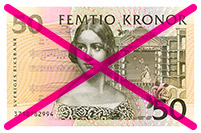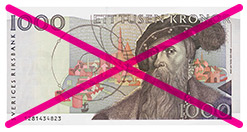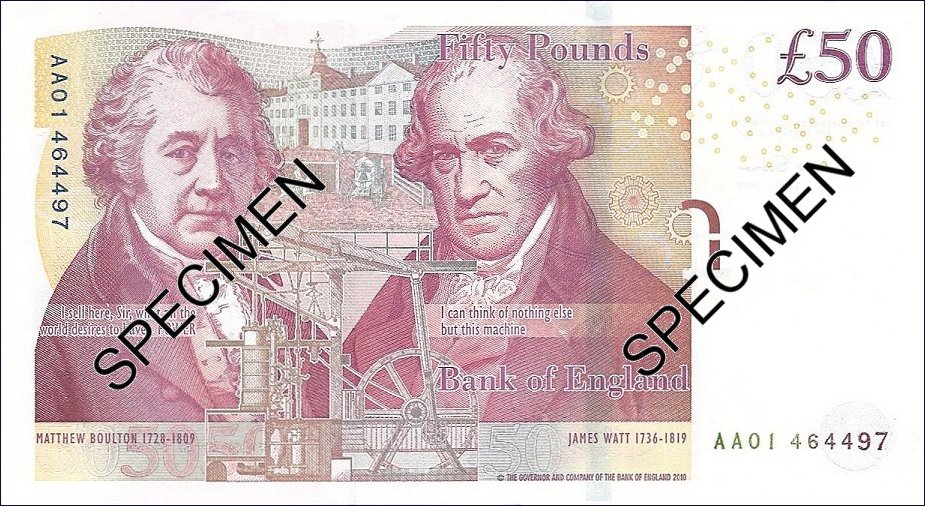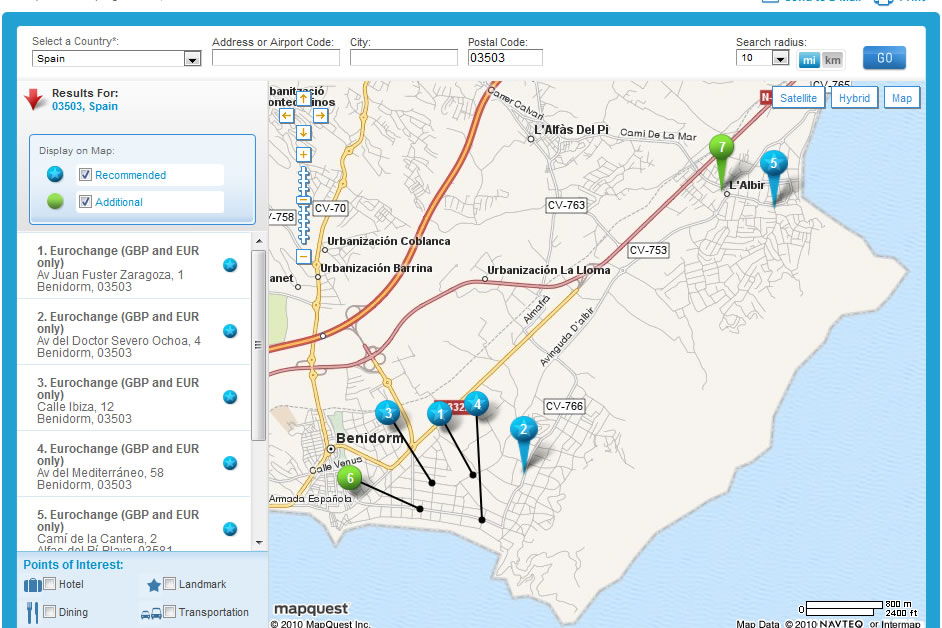Canadian Dollar information
The Canadian dollar (ISO code 4217: CAD) is the currency of legal tender in Canada.
It is the official currency since January 1st 1858, the year in which it was ordered that all accounts were to be made in dollars and the emission of the first banknotes and coins. This was when British pound and the Spanish dollar were abandoned, which was in circulation among the Canadian territories at the time.
Polymer Notes
In 2006 the Bank of Canada decided that in the year 2011 the Canadian dollar would be made from polymer. This material makes the notes more durable and more difficult to counterfit, in addition its way of manufacturing is more eco-friendly. In Europe, the United Kingdom announced a few months ago that they also will pass to this material beginning with the manufacturing of the 5 pound note in polymer.
Banknotes
The banknotes of Canadian dollar are 5, 10, 20, 50, and 100 dollars and its new design evokes the spirit of innovation in the country. On one side there are images of notable Prime Ministers in its history, as well as the image of the Queen of England on the note of $20. On the other side they commemorate their innovations in the fields of medicine and technology. Do you want to see them? Here are the designs of the Canadian dollars.
Coins
A curiosity about the Canadian coins is that they are not made by the Bank of Canada, they are manufactured in the Royal House of Mint. The amounts are 1, 5, 10, 25 and 50 cents, $1 and $2. On one side, the coin displays the image of the Queen of England and on the other side we appreciate different designs relating to the Canadian life and history. It is very common to see designs of nature with native animals.
Canadian dollar
Just like the rest of foreign exchange, the rate of the Canadian dollar changes daily. In our web page you can see the daily rate and use our currency converter to make the calculation of the amount that you would recieve if you wanted to exchange from Euro to Canadian Dollar also from Canadian dollar to Euro.
You can also book the amount you need through our web page on exchange reserves.









